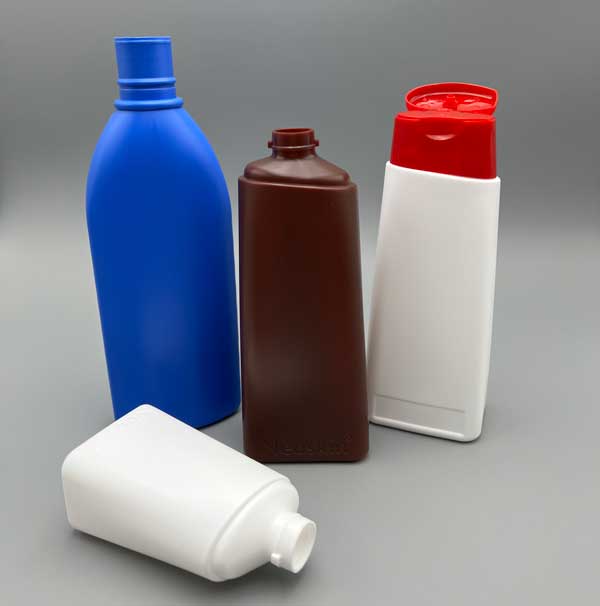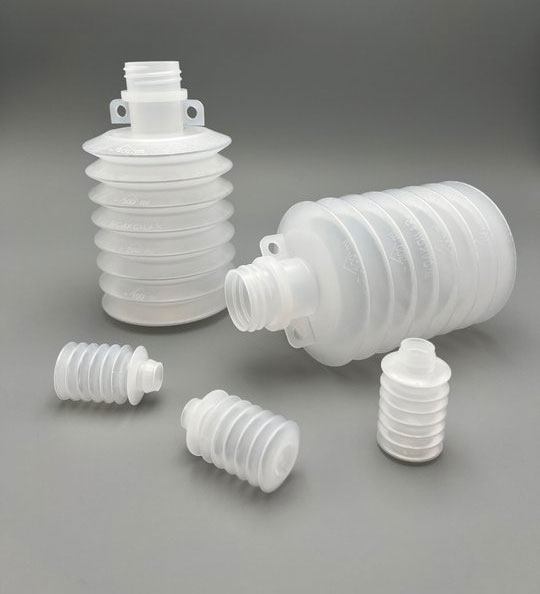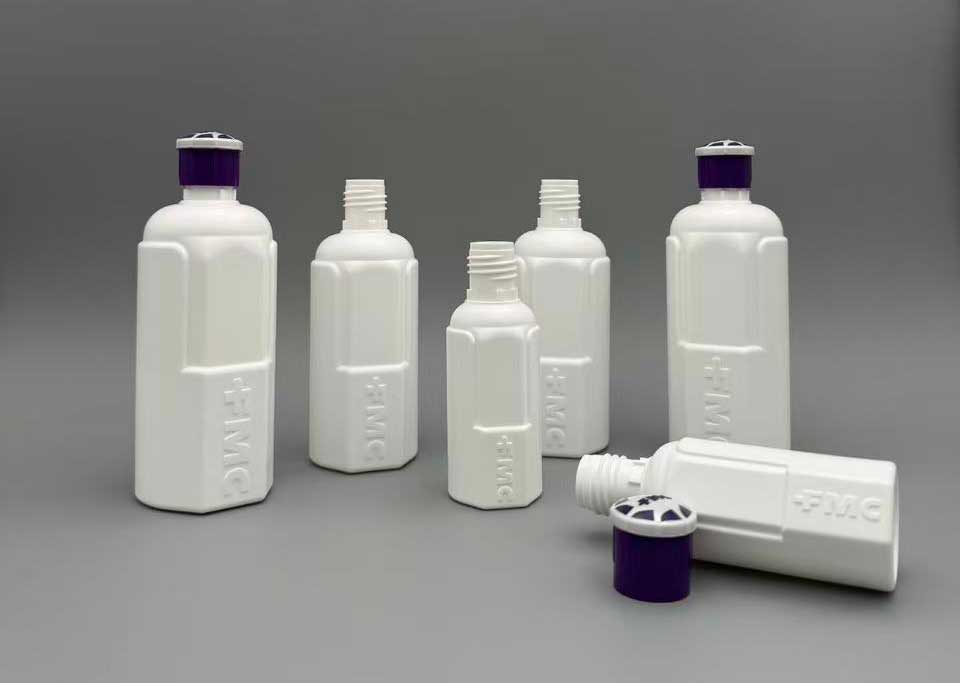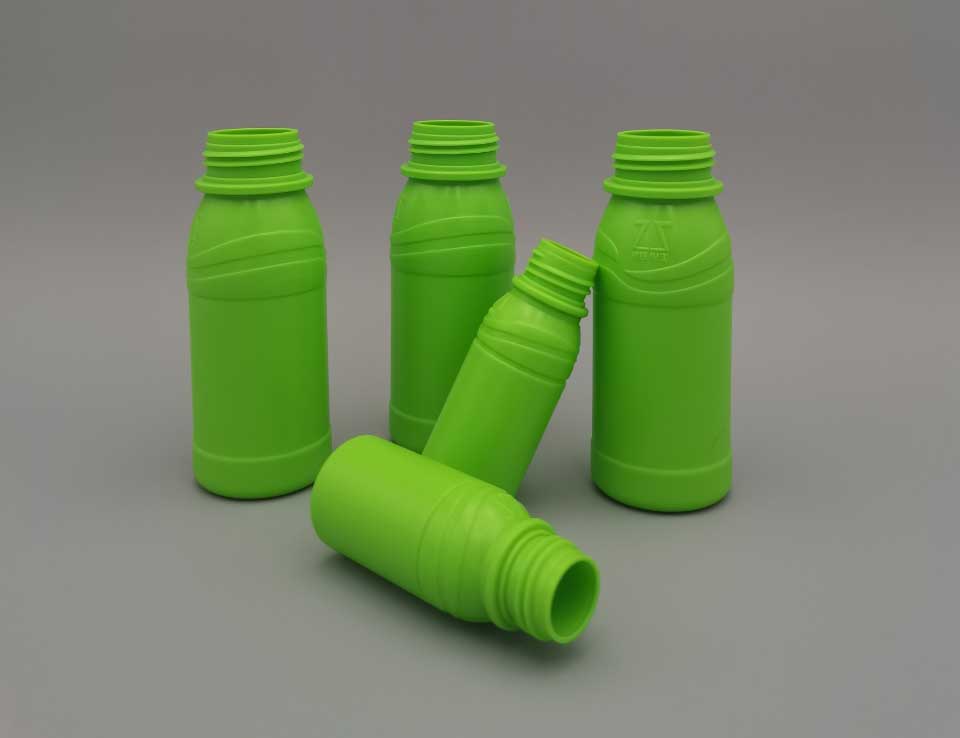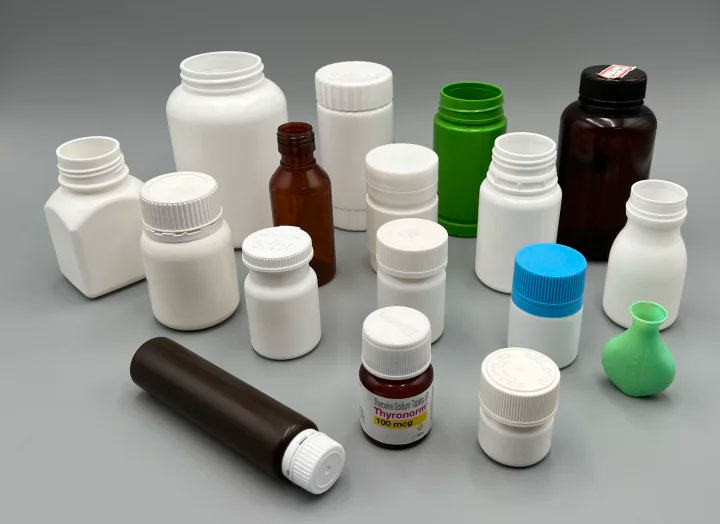Injection Blow Molding for Pharmaceutical Bottles: How Does It Ensure Safety and Precision?
Pharmaceutical bottles face extreme demands. Patients' lives depend on container reliability. Any failure risks contamination or dosing errors. We need manufacturing that guarantees both safety and precision.
Injection blow molding creates pharmaceutical bottles with unmatched accuracy. It uses medical-grade resins and tightly controlled processes. This method ensures perfect dimensions, leak-proof seals, and material purity. Every bottle protects medicines effectively.
Now let's examine how this advanced manufacturing method achieves critical pharmaceutical standards. We'll explore material safety, production consistency, and sterility assurance in detail.
Ensuring Material Safety and Pharmaceutical-Grade Resins: What Standards Matter?
Toxic leaching from bottles can poison medicines. Ordinary plastics release harmful chemicals. Patients could ingest dangerous substances without knowing.
We exclusively use USP Class VI certified resins. These medical-grade materials pass rigorous biological tests. They resist chemical interactions and withstand sterilization. No harmful substances migrate into medications.
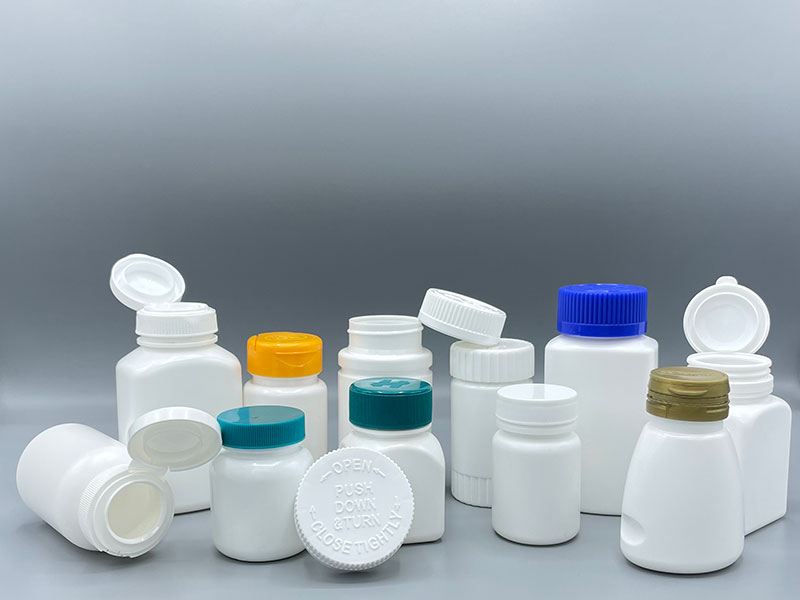
Material Selection and Testing Protocols
Choosing the right resin is just the start. We implement multiple safeguards throughout production:
Three-stage contamination control
-
Resin verification: Every resin batch gets tested for:
- Heavy metal content
- Cytotoxicity
- USP particulate matter limits
-
Processing safeguards:
- Dedicated medical-only extruders
- Positive pressure cleanrooms (ISO Class 8)
- Metal detection systems
-
Final validation:
- Extractables/leachables studies
- Accelerated aging tests
- Biological reactivity tests
Common pharmaceutical resins comparison
| Material Type | Sterilization Compatibility | Chemical Resistance | Clarity | Best For |
|---|---|---|---|---|
| PP | Autoclave, Gamma | Excellent | Translucent | Oral liquids, tablets |
| PE | Ethylene Oxide | Good | Opaque | Dropper bottles |
| COC | All methods | Superior | Crystal | Sensitive biologics |
| PLA | Gamma, E-beam | Moderate | Clear | Respiratory inhalers |
Material safety extends beyond paperwork. Our production environment prevents airborne contaminants. Workers wear full cleanroom garments. Airlocks separate manufacturing zones. Regular particulate counts ensure standards compliance. We test random bottles from each batch using HPLC analysis to check for any unexpected chemical migration. The results must stay within FDA thresholds. Even the colorants used require FDA approval. Any pigment could potentially interact with medicines. That’s why we use pre-approved masterbatches. Production equipment gets cleaned using validated procedures. We document every step for full traceability. This comprehensive approach creates truly inert containers.
Achieving Dimensional Accuracy and Consistency in Production: How Tight Are Tolerances?
Incorrect bottle dimensions disrupt filling lines. Caps won’t seal properly. Labels get misapplied. Even slight variations cause costly production stoppages.
Our injection blow molding holds ±0.05mm tolerances consistently. Computer-controlled processes monitor every parameter. This precision ensures perfect cap fitment and labeling. Automated inspection rejects any out-of-spec bottles.
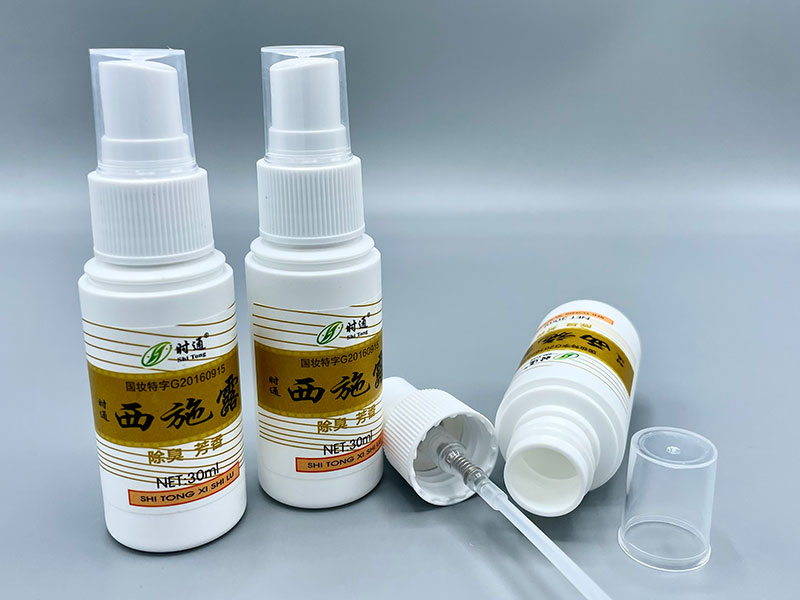
Engineering Precision into Every Bottle
Consistency requires integrated systems working together:
Critical control points
- Mold temperature: Maintained within ±0.5°C using closed-loop chillers
- Injection pressure: Monitored by sensors with 0.1% accuracy
- Cycle timing: Synchronized within 0.01 second intervals
Dimensional verification methods
| Measurement Type | Tool Used | Frequency | Tolerance Standard |
|---|---|---|---|
| Neck finish | Optical comparator | Every 30 minutes | DIN ISO 8362 |
| Wall thickness | Ultrasonic gauge | Each cavity hourly | ±5% uniformity |
| Height/width | Laser micrometer | Continuous inline | ±0.1mm |
| Weight | Precision scale | Every 15 minutes | ±0.5% |
Precision starts with mold design. We use aerospace-grade stainless steel. Each cavity gets individually polished. Tooling undergoes coordinate-measuring machine verification. During production, infrared sensors track material temperature profiles. If any zone deviates, machines auto-adjust. We perform capability studies (Cpk > 1.67) before production runs. Bottles pass through vision systems at 200 units/minute. Cameras check 15 critical dimensions simultaneously. Rejected units divert automatically. We document measurements every hour. Statistical process control charts show trends. This data-driven approach prevents drift. Consistency isn’t accidental — it’s engineered.
Guaranteeing Container Closure Integrity and Sterility Assurance: What Makes Bottles Secure?
Compromised seals let contaminants enter. Sterility breaches can cause infections. Patients receiving compromised medicines face serious risks.
Our bottles maintain integrity through distribution extremes. Special neck designs create positive seal surfaces. Validated sterilization methods ensure microbial protection. Each container withstands transportation stresses.
Integrity Assurance Systems
Multiple barriers work together to protect contents:
Sterilization compatibility design
- Thickened neck rings for capping pressure
- Radiation-resistant polymer formulations
- Venting features for steam penetration
Four-tier integrity verification
- Seal force testing: Measures cap removal torque (target: 5–15 in-lbs)
- Dye penetration: Submerges bottles under vacuum to detect microleaks
- Helium leak testing: Detects defects down to 0.1 micron
- Real-time aging: Stores samples at 40°C/75% RH for 6 months
Sterilization method compatibility
| Method | Temperature Range | Exposure Time | Material Impact | Best Application |
|---|---|---|---|---|
| Autoclave | 121–134°C | 15–30 min | Moderate stress | Glass alternatives |
| Gamma | Ambient | Varies | Polymer cross-linking | High-volume products |
| Ethylene Oxide | 30–60°C | 2–12 hrs | Gas permeation | Heat-sensitive items |
| E-beam | Ambient | Minutes | Surface effects | Single-use containers |
Integrity begins at the molecular level. Polymer chains must resist sterilization stress. We modify resin formulations for radiation resistance. Neck finishes undergo surface profilometry to ensure perfect cap contact surfaces. After molding, bottles enter cleanroom packaging immediately. We validate sterilization cycles with biological indicators. Bacillus subtilis spores prove effectiveness. Distribution testing simulates global shipping. Packages undergo vibration, compression, and drop tests. Samples then retest for integrity. Shelf-life studies run for 36 months minimum. Container closure integrity remains non-negotiable.
Conclusion
Injection blow molding delivers pharmaceutical-grade precision. It ensures material safety, dimensional accuracy, and sterility assurance. This protects both medicines and patients effectively.

